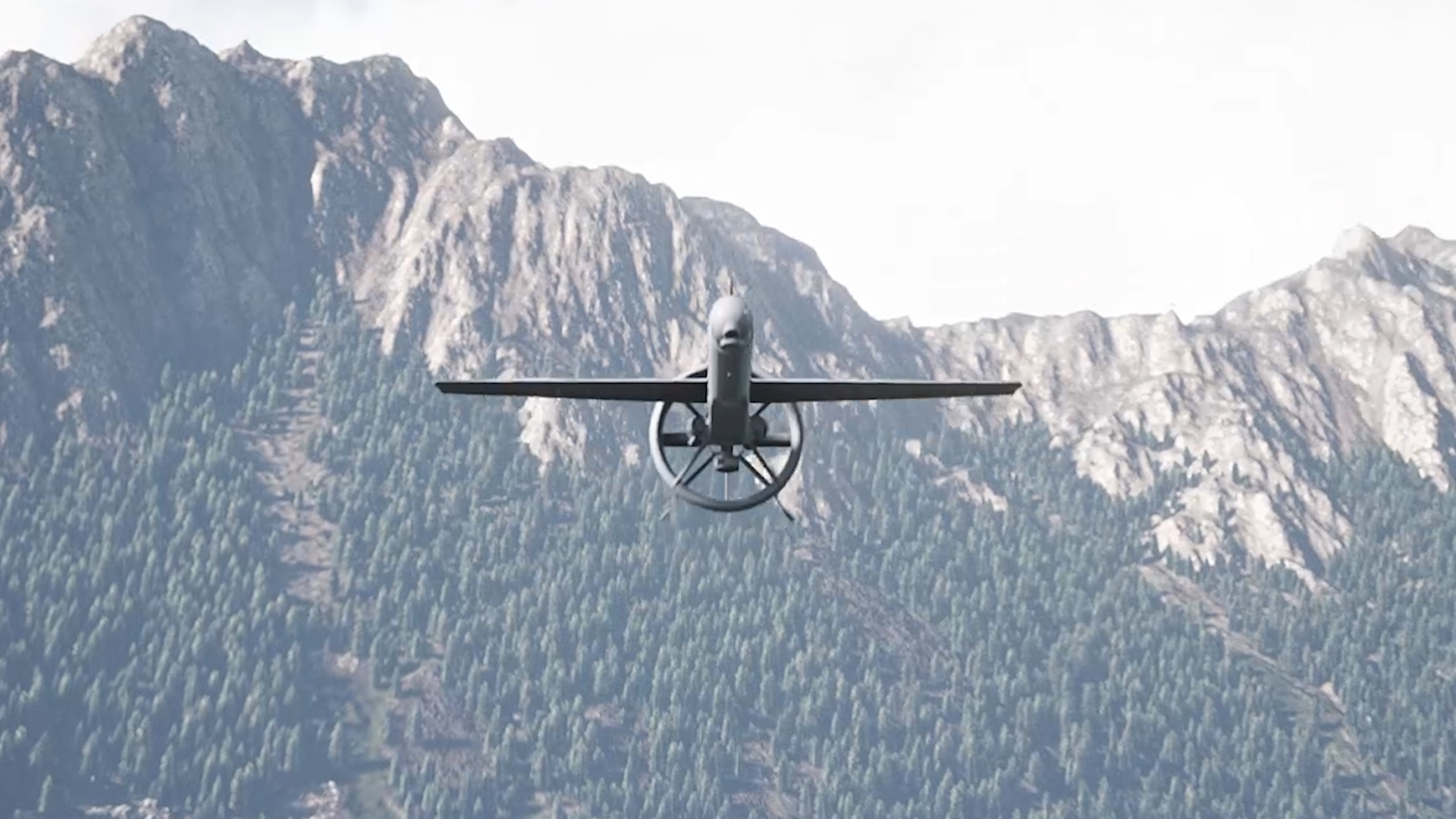
[Ryan Robertson]
There are few professions as iconic as that of being a fighter pilot. From the historical, like the Red Baron and Eddie Rickenbacker, to the fictional like Maverick and the Iceman, the images alone live in rarified air.
But, just as the bi-wing gave way to the turbo-prop and the F-117 gave way to the F-35, so too will the men and women that serve as today’s icons piloting the F-22 and the F-35, at least in part. That’s because right now people are working to make sure that America’s next conflict puts fewer icons in harm’s way by using artificial intelligence in the cockpit. Essentially, AI fighter pilots.
This next evolution in combat is being led by companies like Shield AI and Epi-Sci. For them, autonomous combat-ready aircraft is the way to bring maximum firepower with minimum exposure for those serving to protect the United States and its interests. For former Navy SEAL and Shield AI co-founder, Brandon Tseng, the need for autonomous combat aircraft is pretty simple.
[Brandon Tseng — Shield AI]
“Every single unit is able to have massive organic air assets at their disposal. That’s the shift that’s happening. And why is that important? It enables you to have air superiority on every single mission, and that enables maneuver on the ground, which is fundamentally game-changing.”
[Ryan Robertson]
For Epi-Sci’s Chris Gentile, a retired Air Force fighter pilot himself, AI pilots are simply the next evolution of American combat innovation.
[Chris Gentile — EpiSci VP, Tactical Autonomous Systems]
“The fact is warfare in general, and the American way of warfare in particular, is about using technology to realize asymmetric advantages over a foe.”
[Ryan Robertson]
As Gentile sees it, those advantages aren’t limited to the skies.
[Chris Gentile — EpiSci VP, Tactical Autonomous Systems]
“Whether that’s a submarine, a ship, an aircraft, a weapons launch platform, something like that, we want to continue to increase that capability, continue to make each human being, each American that chooses to go into harm’s way, that much more effective, but use tools like AI and autonomy to manage their cognitive workload, make sure they’re not overwhelmed.”
[Ryan Robertson]
For most people, seeing is believing. And both companies have plenty of working examples of their technology. So why aren’t they being introduced to the DOD on a larger scale right now? Especially when near-peer adversaries, like Russia and China, are working to bring similar capabilities to the battle space.
[Brandon Tseng — Shield AI]
“It’s not a technology problem. It’s a budget. It’s a resourcing. It’s a programming problem in terms of getting this capability out as fast as possible.”
[Ryan Robertson]
Once those issues are overcome, Tseng thinks the change for operators in combat will be evident immediately.
[Brandon Tseng — Shield AI]
“AI pilots paired with affordable aircraft is the most strategic conventional deterrent, since really, you know, the introduction of aircraft carriers.”
[Chris Gentile — EpiSci VP, Tactical Autonomous Systems]
“It comes back to can we effectively employ mass affordable weapons like the Ukrainians are doing. But with American control and American ethics, can we have the right interaction with an operator that there’s always a human on the loop when it comes to a lethal force decision.”
[Ryan Robertson]
And even though Congress is at a standstill when it comes to passing a budget to fund programs like these, these companies aren’t stuck in place.
Earlier this month, Shield AI inked a deal with NAV-AIR to put their AI in the Kratos BQM-177A, a sub-sonic aerial target. While Epi-Sci landed a Small Business Innovation Research award for an AI-aided satellite project that, if successful, will help sense hypersonic vehicles and missiles.







